Exposing the live-bearing sauropods
20.05.2023 14:17
2484 views

About a hundred years ago, American paleontologist William Diller Matthew proposed a very unexpected and original idea: that the giant long-necked dinosaurs - sauropods - could give birth to live young, instead of laying eggs.
Matthew, like many of his contemporaries, assumed that sauropods were too large to live on land and spent most of their time in the water. In such a case, it would be very difficult for females to come ashore to lay eggs. If they gave birth to live offspring, they could avoid this problem. However, today there is a multitude of evidence supporting a terrestrial lifestyle for sauropods, so Matthew's hypothesis now seems less convincing.
Nevertheless, the hypothesis of 'live-bearing sauropods' was not forgotten. In the 1970s and 1980s, it received a new interpretation in popular science books on paleontology. First, Adrian Desmond, an English historian of science, highlighted this theory in his book "The Hot-blooded Dinosaurs: a revolution in palaeontology" (1975), and then American paleontologist Robert T. Bakker in his famous book "The Dinosaur Heresies. New Theories Unlocking the Mystery of the Dinosaurs and Their Extinction" (1986). It should be noted that after Matthew's research, not a single scientific article on this topic has been published.
Interestingly, some of Bakker's early hypotheses were later confirmed by paleontological discoveries. For example, the hypothesis about the feathered nature of many types of dinosaurs was confirmed many years later by findings in China. However, the idea of 'live-bearing sauropods' turned out to be incorrect. Today, a large number of nests, eggshell remains, and newborn sauropods no larger than a cat are known, so there is no doubt - like most reptiles, these long-necked giants of the Mesozoic era were oviparous.
However, what arguments in favor of their hypothesis were put forward by Desmond and Bakker?
First, Desmond noted that sauropod eggs must have been tiny compared to the adult animal. After all, if the egg was large enough, it would need too thick a shell through which it would already be impossible to breathe. Thus, the hatched baby sauropods would have been too small to follow the parental herd and not be trampled.
Second, Bakker pointed out that the pelvic bones of sauropods were wide enough to give birth to a large live offspring.
"Thirdly, the smallest of the known sauropod skeletons at the time - a 'newborn' Apatosaurus - was too large to fit into an egg.
Nowadays, all these arguments have completely lost their relevance. Today, there is solid reason to believe that young sauropods lived independently of adults, in some cases even forming herds of the same age animals. The wide pelvis could have been unrelated to reproduction (all sauropod bones are large and wide). And the 'newborn' Apatosaurus, as is now known, is far from the smallest of the found sauropod skeletons. Most likely, this two-hundred-kilogram dinosaur died a few weeks after birth.
But let's ponder, is such a reproduction scenario possible for dinosaurs in principle? Most likely, no. The reproduction of archosaurs (which include dinosaurs, birds, pterosaurs, and crocodiles) is closely related to egg-laying, and for developing embryos, the calcareous shell is a source of calcium. Live birth in modern reptiles only occurs among the squamates, whose egg shells are leathery and soft. In favorable conditions, 'live-bearing' snakes and lizards lay eggs, and only produce live offspring when it's too cold outside.
Could dinosaurs have behaved the same way? Very doubtful. Recently, dinosaur eggs and nests were found beyond the Arctic Circle. They created warm nests and the instinct to brood developed in adult individuals. These finds vividly demonstrate how dinosaurs coped with the cold. In addition, modern relatives of dinosaurs - birds are exclusively oviparous animals.
Thus, the birth of small sauropods could have looked similar to modern sea turtles: many females would gather in one place to lay eggs, which would then hatch almost simultaneously. Even the most numerous predators wouldn't be able to destroy hundreds of babies
Discussions
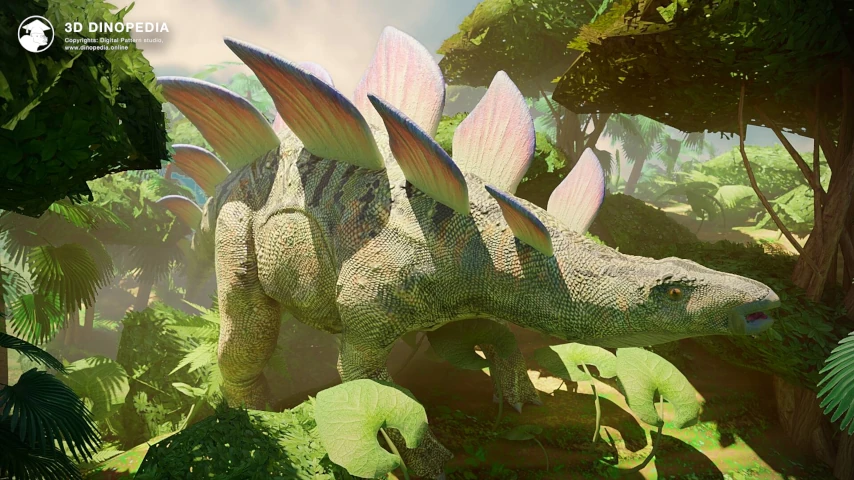
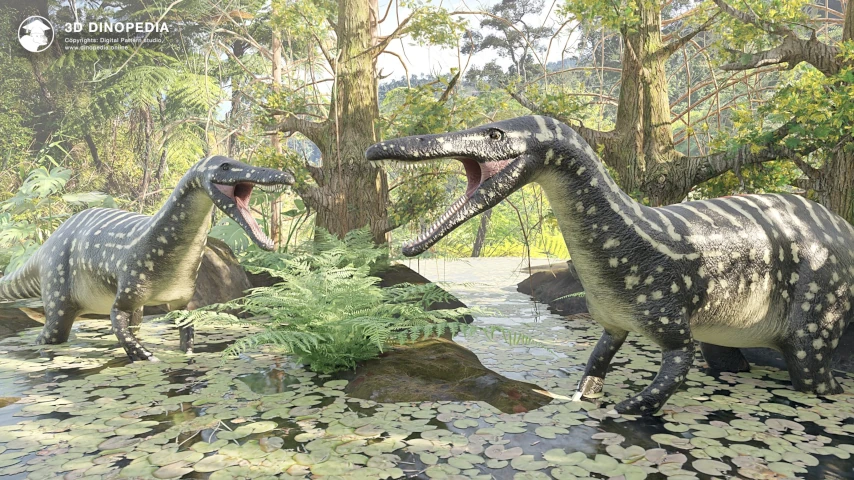
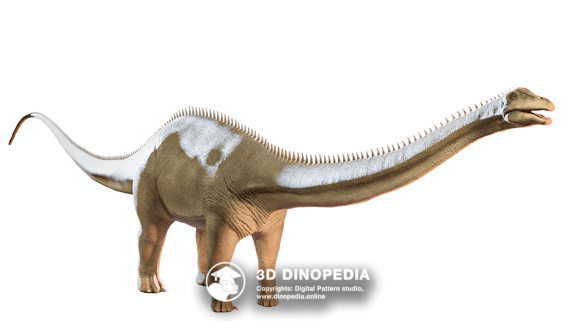

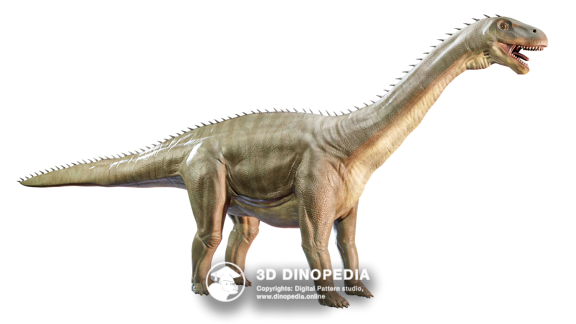

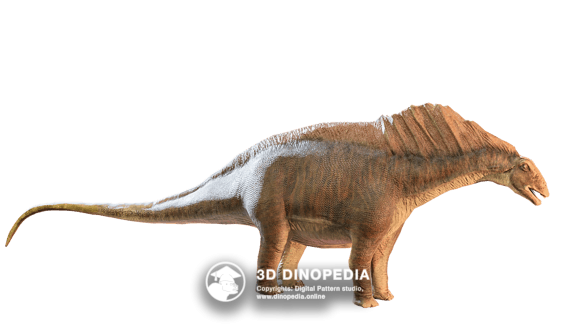
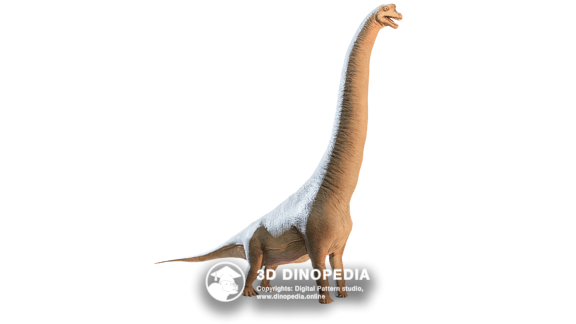
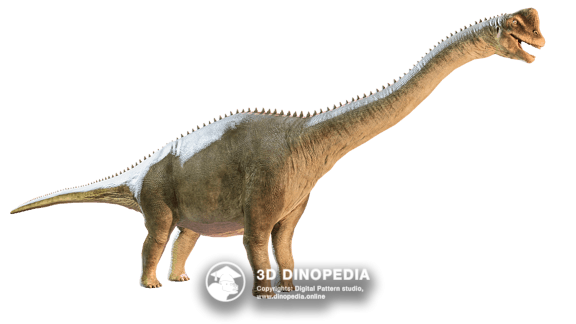


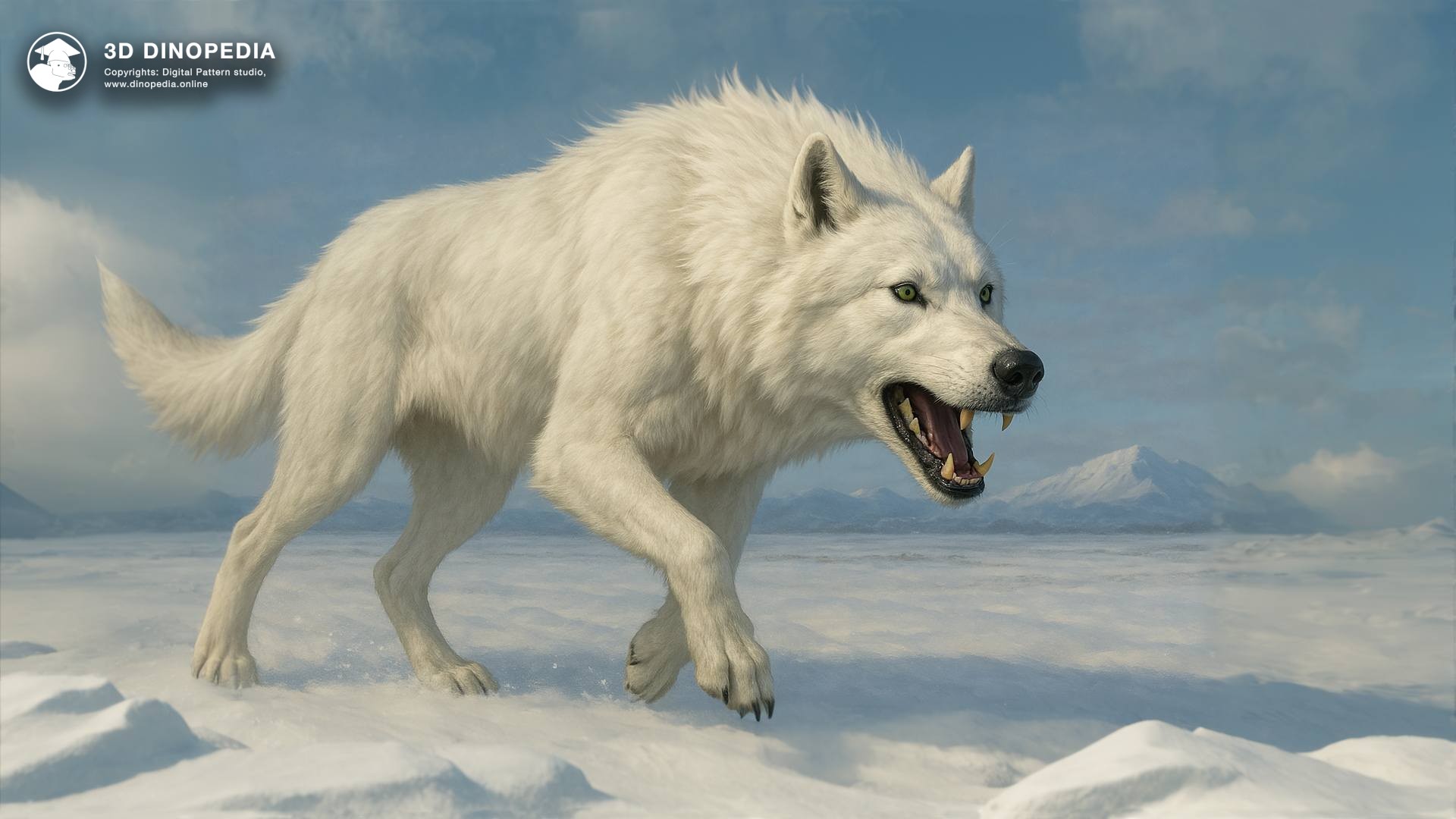
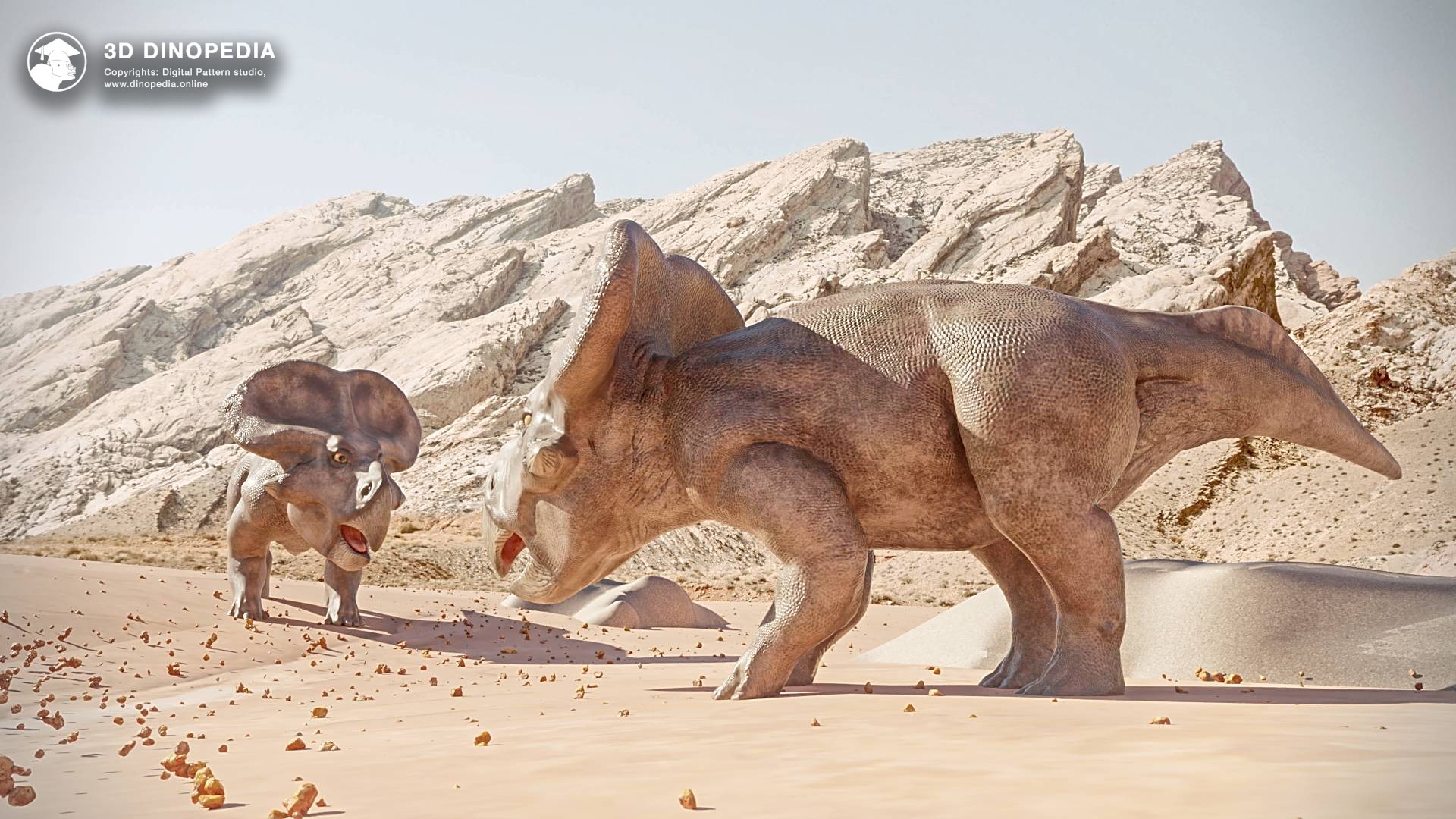

{{ count }} comments
You must login to write a comment